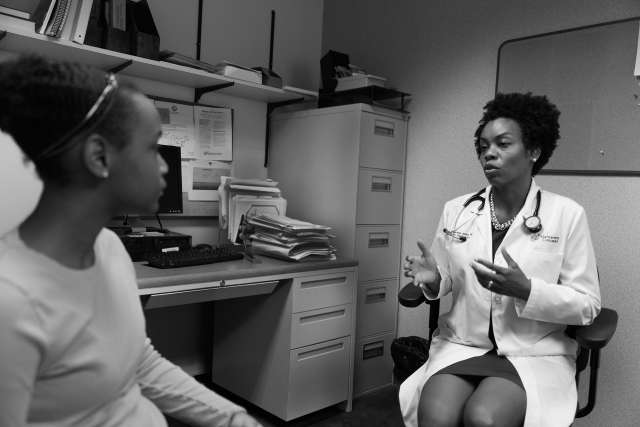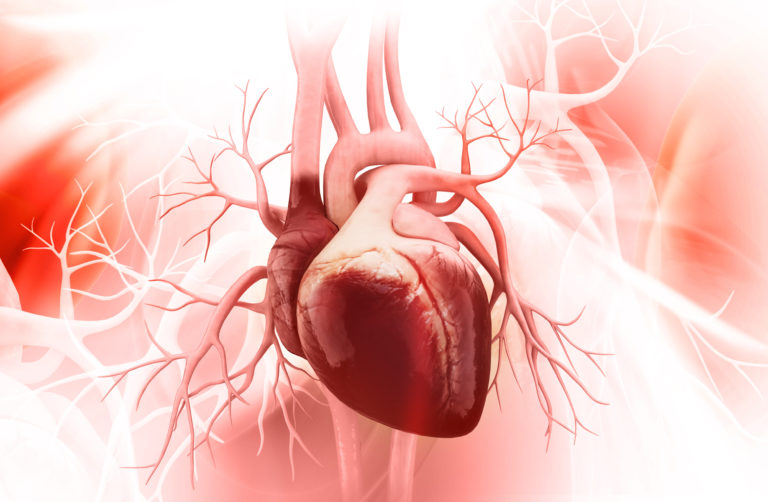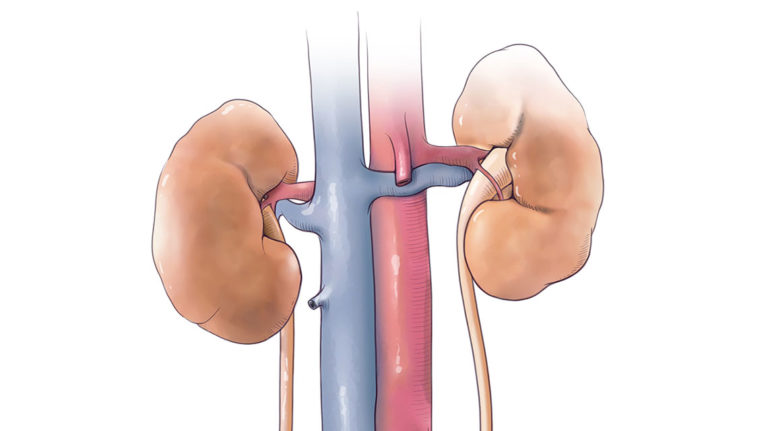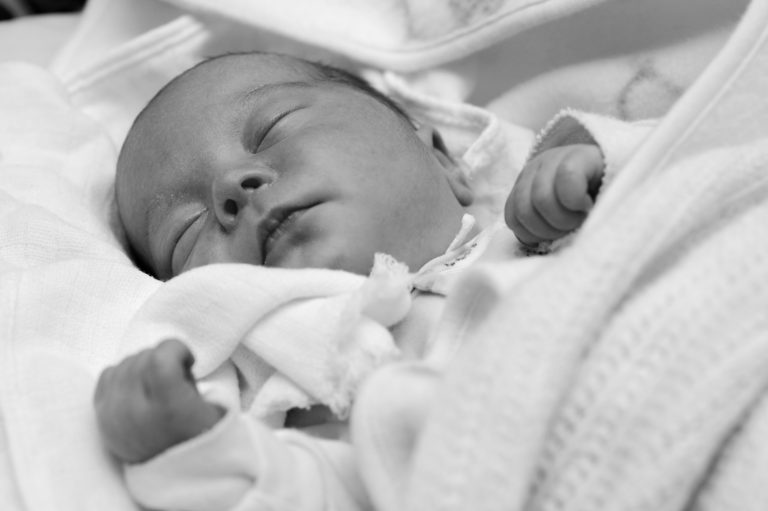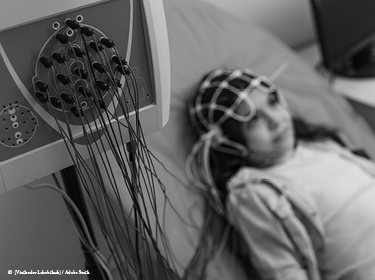Cardiopulmonary Rehabilitation Post-COVID: Could Your Patient Benefit?
Cardiopulmonary Rehabilitation Post-COVID: Could Your Patient Benefit? https://pediatricsnationwide.org/wp-content/uploads/2021/04/AdobeStock_27800430-1024x728.jpg 1024 728 Abbie Miller https://pediatricsnationwide.org/wp-content/uploads/2023/05/051023BT016-Abbie-Crop.jpgThe road to recovery from COVID-19, the disease caused by SARS-CoV-2, is not always smooth, short or straight. For adults and children, long COVID, a condition where symptoms such as fatigue, headache and decreased respiratory function persist after the virus has “cleared” the body,…
read more



